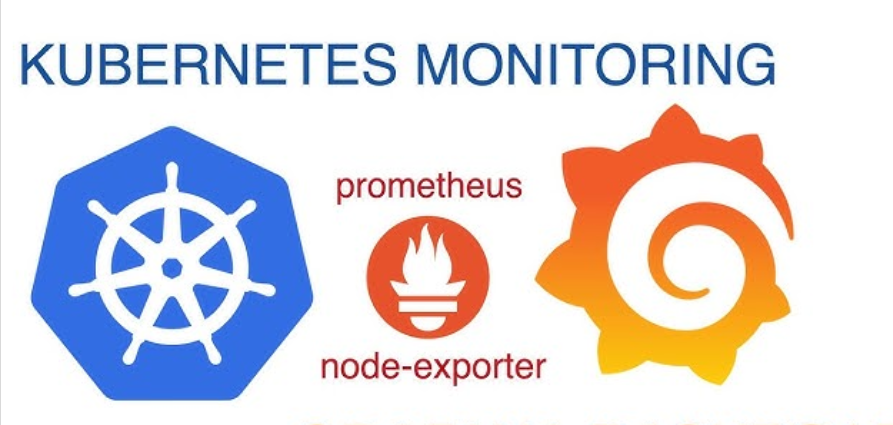A third-party CSPM tool is developed and provided by independent security vendors, offering security management and monitoring across multiple cloud platforms and environments. These tools often provide more advanced and customizable security features compared to cloud provider-native solutions. Some popular third-party CSPM tools are discussed later in the chapter.
Advantages and use cases of using a third-party CSPM tool
Using a third-party CSPM tool can offer several advantages over relying solely on a cloud provider’s native CSPM tool. Here are some of the key advantages:
- Multi-cloud support: Third-party CSPM tools typically support multiple cloud platforms, allowing organizations to manage security consistently across different cloud providers. This is especially beneficial for companies operating in multi-cloud or hybrid cloud environments.
- Advanced security features: Third-party CSPM tools often offer more advanced security capabilities, such as behavioral analysis, anomaly detection, and AI-driven threat detection. They may also provide customizable security policies to meet specific organizational needs and industry compliance standards.
- Independent validation: Third-party CSPM tools offer an additional layer of validation and verification of the cloud provider’s security controls. As independent tools, they can provide unbiased assessments of security posture.
- Customization and flexibility: Third-party CSPM tools typically offer more flexibility in configuring and customizing security policies according to an organization’s unique requirements. This level of customization may not be available in cloud provider-native tools.
- Centralized visibility: Third-party CSPM tools can provide a centralized view of security across all cloud environments, even if the organization uses multiple cloud providers. This unified view simplifies security monitoring and management.
- Specialized expertise: Third-party CSPM tool providers focus solely on cloud security and invest heavily in research and development. As a result, they may be at the forefront of security advancements, offering more up-to-date and comprehensive security solutions.
- Data security posture management (DSPM): Some third-party CSPM tools include DSPM features that focus on protecting sensitive data within the cloud environment. This can be crucial for organizations that handle sensitive data and need advanced data protection measures.
- Integration with existing security infrastructure: Third-party CSPM tools can often integrate seamlessly with an organization’s existing security infrastructure, including SIEM solutions and Security Operations Centers (SOCs). This enables a more comprehensive security ecosystem.
- Additional insights and recommendations: Third-party CSPM tools may provide more detailed insights, recommendations, and actionable steps to remediate security issues effectively. They might offer a deeper level of analysis beyond what cloud provider-native tools provide.
- Flexibility in licensing and pricing: Some third-party CSPM tools offer flexible licensing models, allowing organizations to choose the features and scale that fit their needs and budget.
While cloud provider-native CSPM tools can be valuable in certain situations, third-party CSPM tools are often preferred by organizations with more complex cloud environments, specific compliance requirements, and a need for advanced security features. The decision to choose a third-party CSPM tool over a cloud provider-native tool depends on an organization’s unique security needs, cloud environment complexity, and risk management strategy. Many organizations opt for a combination of both native and third-party CSPM tools to leverage the benefits of each.
